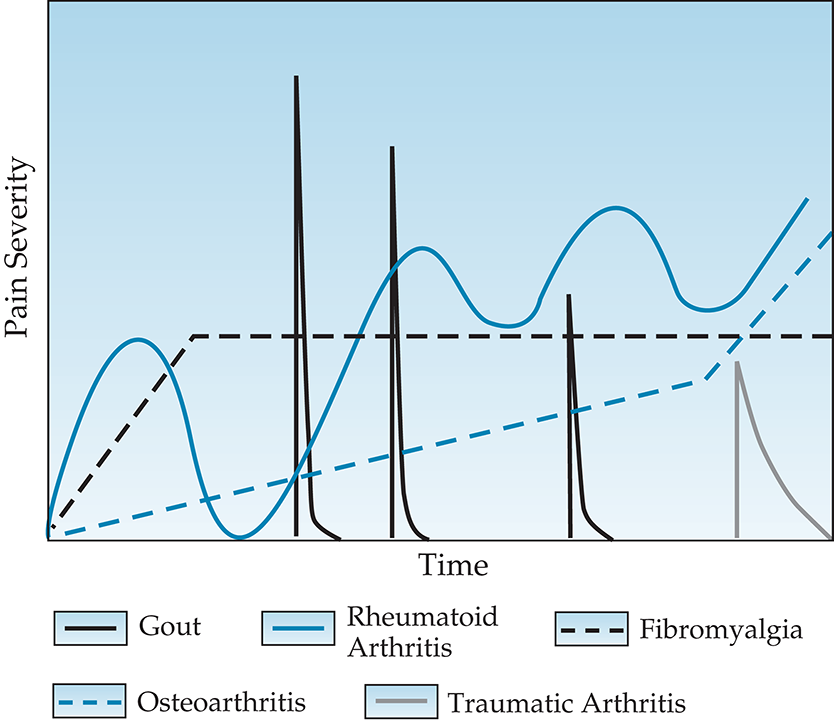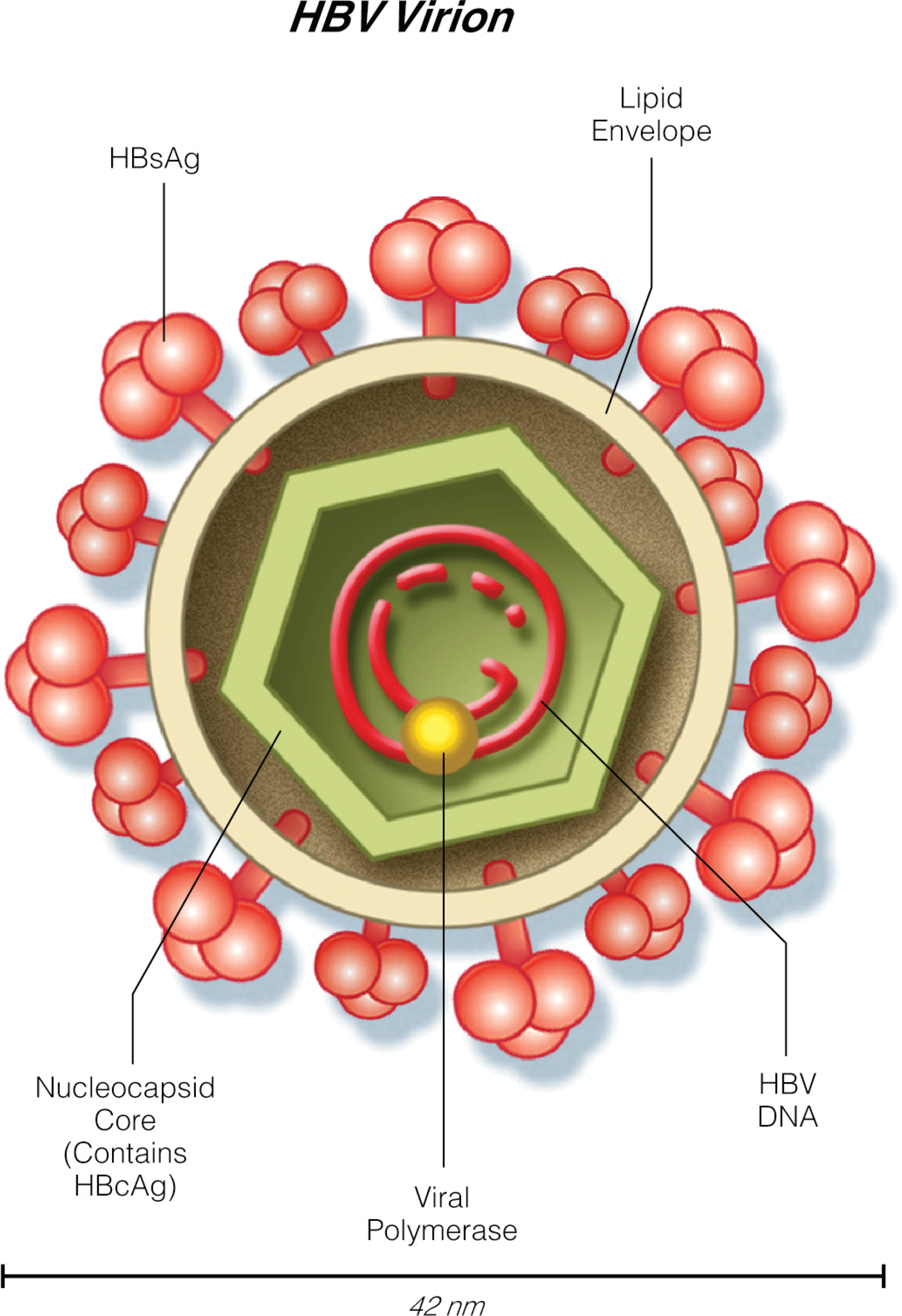- Several safe and effective vaccines exist to prevent hepatitis A infections.
- Significant morbidity continues to occur in the United States among international travelers, injection drug users, and persons with underlying liver disease.
- In developing countries, the epidemiologic transition has increased the prevalence of clinically severe hepatitis A infections.
Latest Updates


- Several safe and effective vaccines exist to prevent hepatitis A infections.
- Significant morbidity continues to occur in the United States among international travelers, injection drug users, and persons with underlying liver disease.
- In developing countries, the epidemiologic transition has increased the prevalence of clinically severe hepatitis A infections.

Introduction to the Patient with Rheumatic Disease
- ACR/SAA/SRTN 2015 Recommendations for the Treatment of Ankylosing Spondylitis and Nonradiographic Axial Spondyloarthritis.
- American College of Rheumatology 2012 Recommendations for the Use of Nonpharmacologic and Pharmacologic Therapies in Osteoarthritis of the Hand, Hip, and Knee

- Tenofovir alafenamide (AF) was FDA approved in November 2016 for the treatment of chronic hepatitis B. It has enhanced plasma stability and more efficient delivery to the hepatocytes with a lower dose compared with tenofovir disoproxil fumarate (DF). Tenofovir AF has similar efficacy to tenofovir DF but less nephrotoxicity (smaller increase in serum Cr and median changes in estimated GFR) and bone toxicity (smaller mean percentage decrease from baseline hip and spine bone mineral density).
- Major advances in basic research in hepatitis B are paving the way for the identification of new therapeutic targets with the goal of complete cure with physical elimination of cccDNA.
- Postmarketing studies have demonstrated a risk of HBV reactivation during treatment with hepatitis C direct antiviral agents, and it is recommended to monitor patients with HBV-HCV coinfection with serial lab tests and consider concomitant HBV treatment analogue for patients who meet the standard criteria for HBV treatment.

- Several safe and effective vaccines exist to prevent hepatitis A infections.
- Significant morbidity continues to occur in the United States among international travelers, injection drug users, and persons with underlying liver disease.
- In developing countries, the epidemiologic transition has increased the prevalence of clinically severe hepatitis A infections.

Introduction to the Patient with Rheumatic Disease
- ACR/SAA/SRTN 2015 Recommendations for the Treatment of Ankylosing Spondylitis and Nonradiographic Axial Spondyloarthritis.
- American College of Rheumatology 2012 Recommendations for the Use of Nonpharmacologic and Pharmacologic Therapies in Osteoarthritis of the Hand, Hip, and Knee

- Latest BSACI guideline for the management of chronic urticaria and angioedema
- Latest ACAAISAEM consensus parameter for the evaluation and management of angioedema in the emergency department
- Latest EAACI, GAAEN, EDF, and WAO guideline for the definition, classification, diagnosis, and management of urticaria

- In the last decade, dozens of novel agents of abuse have emerged, many of them chemical variants of the naturally occurring cathinone found in the plant Catha edulis.
- Synthetic cathinones may be sold under the name of bath salts or plant food to subvert legal restrictions on their use. Their beta-ketone amphetamine structure results in their amphetamine-like sympathomimetic effects. However, synthetic cathinones also seem to modulate serotonin release, resulting in various psychoactive effects.
- Toxicity in patients using synthetic cathinones varies from euphoria and intoxication, to florid violent hallucinations, hyperthermia, rhabdomyolysis, seizures, and death. Unlike many other street drugs, synthetic cathinones are often known more commonly by their street name (e.g., bath salts), with the exact chemical composition changing over time in response to legal pressures.


.png)







